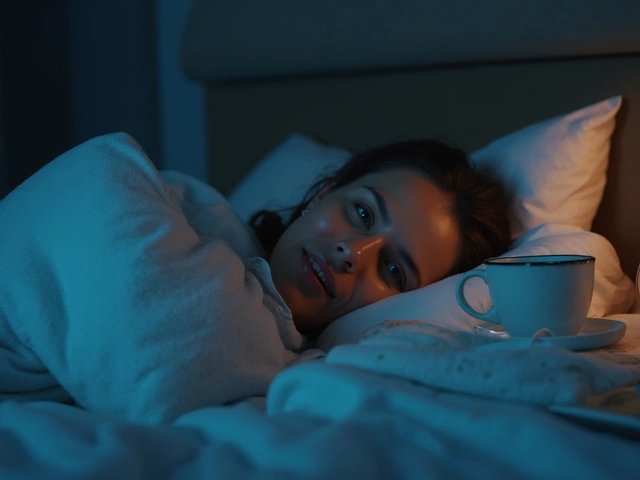Microneedling for Mottled Skin Discoloration: Real Results and Surprising Perks
April 28 2025Diabetes Symptoms – Spot the Early Warning Signs
Ever feel unusually thirsty, have to run to the bathroom a lot, or notice you’re losing weight without trying? Those could be your body’s way of saying blood sugar is out of whack. Diabetes doesn’t always announce itself with drama; most of the time, it sneaks in with subtle clues that most of us ignore. Knowing what to look for can save you a lot of hassle and keep your health on track.
Common Early Symptoms You Shouldn't Ignore
First up, frequent urination. When your blood sugar spikes, your kidneys try to flush the excess out, so you end up drinking more fluid and peeing more often. That extra thirst isn’t just “being thirsty” – it’s a real signal that your body is trying to balance sugar levels. Next, watch for unexplained weight loss. Even if you’re eating the same amount, high blood sugar can starve cells of energy, forcing the body to burn fat and muscle for fuel.
Other tell‑tale signs include constant fatigue, blurry vision, and slow‑healing cuts or bruises. High sugar can thicken the fluid in the lenses of your eyes, so things look out of focus. Tiny cuts that linger longer than usual often mean your circulation and immunity are taking a hit. Some people feel a tingling or numbness in their hands and feet – that’s nerve irritation caused by prolonged high glucose.
Type 1 diabetes tends to hit younger folks and shows up fast, while type 2 develops slower, often after years of weight gain or a sedentary lifestyle. Still, the early symptoms overlap a lot, so treat any of these signs seriously, no matter your age.
When to Get Tested and What to Expect
If you notice two or more of the symptoms above, it’s time to get a blood test. The simplest check is a fasting plasma glucose test – you’ll fast overnight, then a lab takes a blood drop. A level of 126 mg/dL or higher usually means diabetes. Another option is the A1C test, which shows average blood sugar over the past three months; 6.5% or above is a red flag.
You don’t need a fancy appointment to start. Many pharmacies offer quick walk‑in testing, and some online services let you order a kit to your door. If the results are high, your doctor will discuss lifestyle changes, possible medication, and a plan to keep blood sugar steady. Remember, catching diabetes early makes it way easier to manage.
In the meantime, simple steps can help: stay hydrated, choose whole‑grain carbs over refined sugars, and move a little each day. Even a 20‑minute walk can improve how your body handles glucose. If you have a family history of diabetes, keep an eye on your weight and get regular check‑ups – prevention beats cure every time.
Bottom line: your body drops hints all the time. When you notice frequent thirst, extra bathroom trips, sudden weight loss, or ongoing fatigue, don’t brush them off. A quick test can confirm whether it’s diabetes, and early action puts you in control of your health.
 22 Sep
22 Sep
Type 2 Diabetes Explained: Symptoms, Causes & Risk Factors
Learn what type 2 diabetes is, recognize its symptoms, understand the underlying causes, and discover key risk factors to help you manage or prevent the condition.
Read More...




